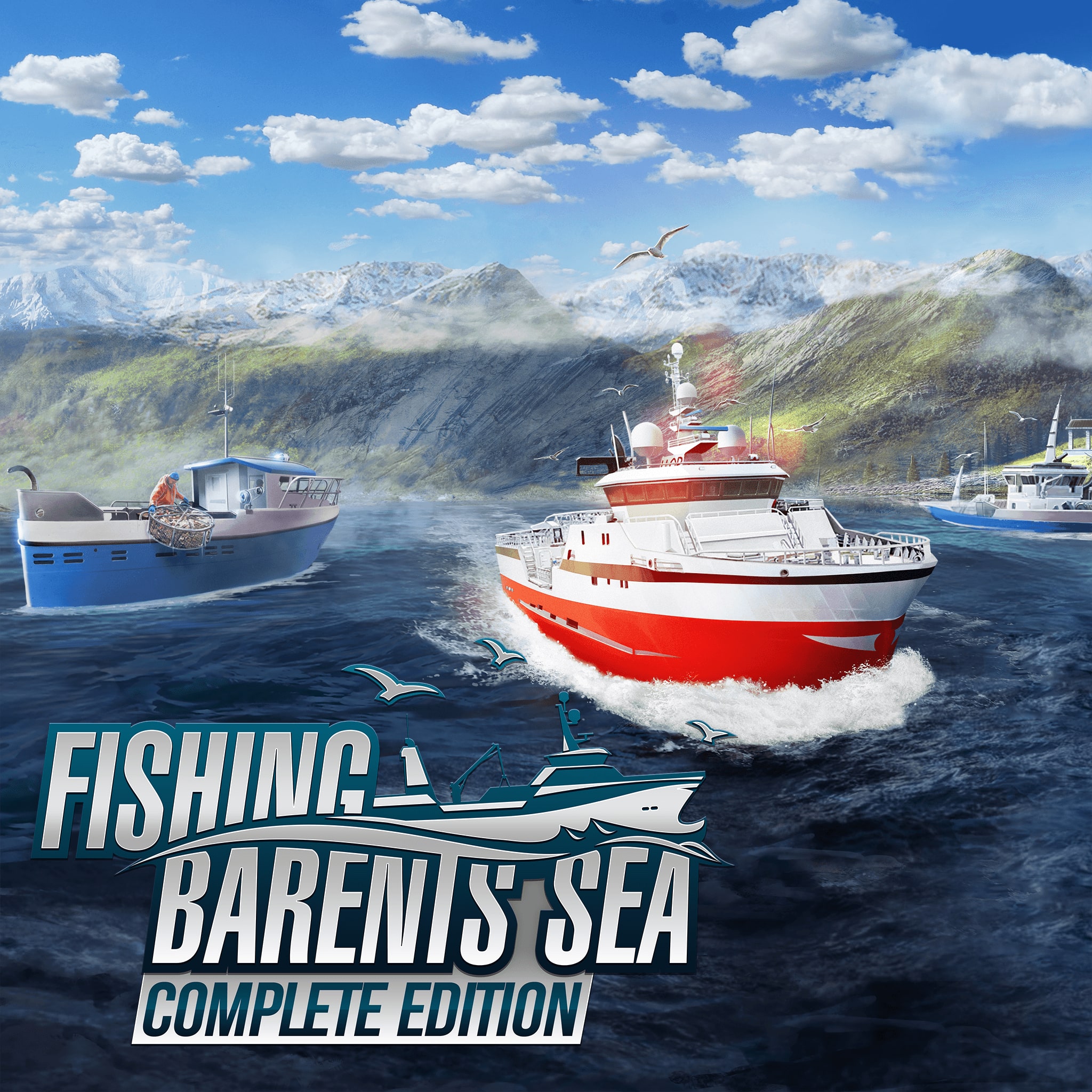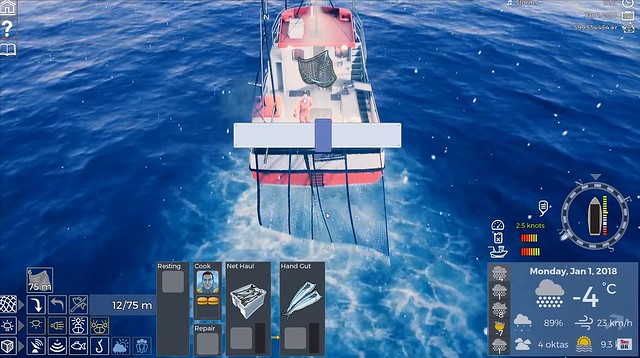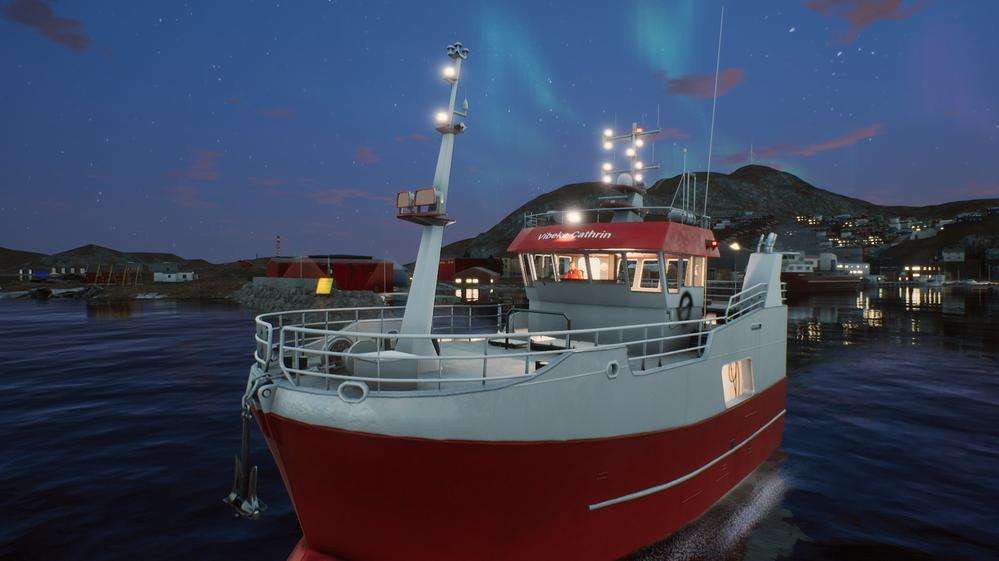
It is discoloured and stained in parts and it is unclear from the photos if a serial number on it has survived. The finder also emailed a number of photos of the bottle, as well as the card, not much bigger than an old-style postcard.Īddressed to the long-since defunct Department of Oceanography at University College Galway, which was renamed in 1997, the card asks the finder to fill out their name, address as well as where and when it was found. In recent weeks, a man sent an email to NUI Galway having fished the bottle out of sediment in Kola Bay, a 57km-long fjord next to Murmansk, in the most northwesterly reaches of Russia. The practice was common before the advent of satellite technology which makes it much easier to track currents, tides and drift patterns.

I think it is quite amazing, if it did go with the currents, that it survived intact, without leaking in the intervening years.” Drift patternsĭr White says a predecessor at the university, Prof Ed Monahan, who used the drifter bottles extensively in the 1970s and 1980s, likely deployed it off the west or northwest of Ireland at the time.

It is likely 30 or 40 years since it was deployed. “It can certainly reach there by the currents. I fully believe it made its way there by itself,” he told The Irish Times. “It is amazing to think it has gotten that far. The bottle was discovered in the most northwesterly reaches of Russiaĭr Martin White, an oceanographer at NUIG Galway, said he believes it got there by itself.

Firstly, that it was simply carried by the natural currents over the North Sea, through the Norwegian Sea and into the Barents Sea, or, secondly, it was picked up by a fishing boat and dumped in the port, located about 700km east of the Finnish border. There are two theories as to its epic journey. A message in a bottle believed to have been thrown into the Atlantic off the Irish coast up to 40 years ago has been found about 4,000km away in the Russian port of Murmansk.Īcademics at NUI Galway have been left puzzled by the discovery of the bottle – known as a drifter – which was used as part of a research programme by oceanographers to study drifts and tides around the island.


 0 kommentar(er)
0 kommentar(er)
